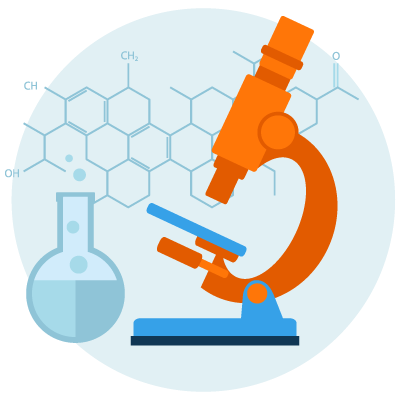The immune system is constantly searching the body looking for invaders and once it discovers something it needs to attack, it sends signals around the rest of the body recruiting the rest of the immune system to the area. One way it does this is to release small chemical signals called cytokines into the blood stream which attract the rest of the immune system. These cytokines also alert surrounding cells of potential threats. One way to find out how the immune system is functioning in health and disease is to understand these signals.
Dr James Harris and his team are trying to work out the involvement of two such cytokines known as Macrophage migration inhibitory factor (MIF) and NLRP3. Both of these cytokines have been linked to the inflammation and disease progression in MS.
Despite MIF being one of the first cytokines discovered, how it affects the rest of the cells in the body and the immune system is not fully understood. Recent work by Dr Harris’ group has highlighted a new role of MIF which includes stimulating the release of extra signalling molecules. These can recruit even more inflammatory factors, suggesting they may act as an amplifier of the inflammation and resultant injury to the brain and spinal cord in MS.
Dr Harris’ team has achieved several exciting milestones in this project. In a world-first, they have “knocked out” two specific genes involved in the biological pathway of MIF, to develop a laboratory model in which these genes do not work, so they can definitely assess their role in autoimmunity. Secondly, they have developed a new method that uses fluorescence under the microscope to measure the activity levels of MIF. Using this technique, that have shown that they can lower MIF activity using various drugs. They have also identified a number of new molecules that also seem to lower MIF activity and will be testing these in ongoing research.
The team has also begun to dissect the specific molecules involved in the inflammatory processes that are initiated by MIF at a cellular level. This knowledge will provide a greater insight into exactly how MIF regulates inflammation in MS.
Dr Harris says his team’s findings are “new, unexpected and very exciting” and they look forward to pre-clinical trials in the near future to investigate potential new therapies.
Updated: 18 June 2020
$25,000
2019
1 year
Past project




